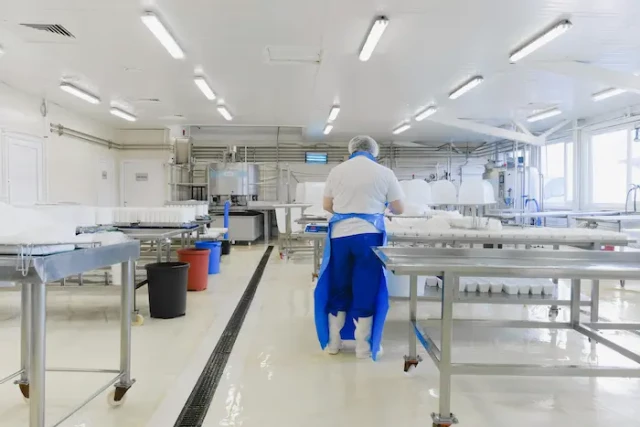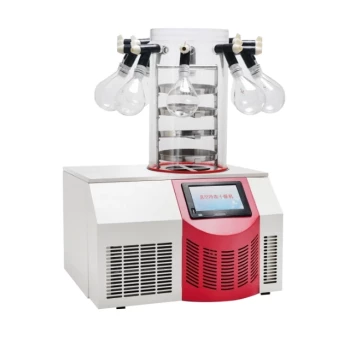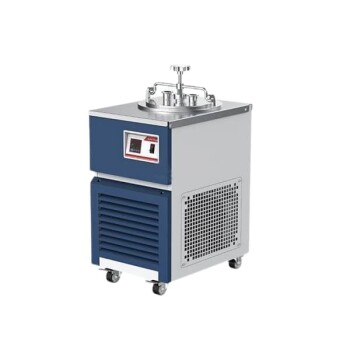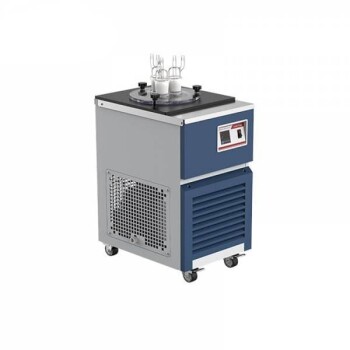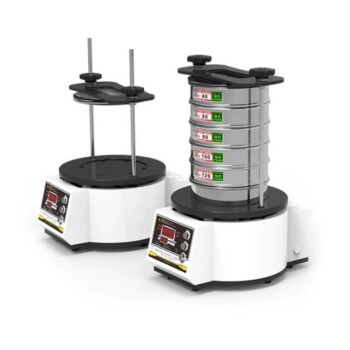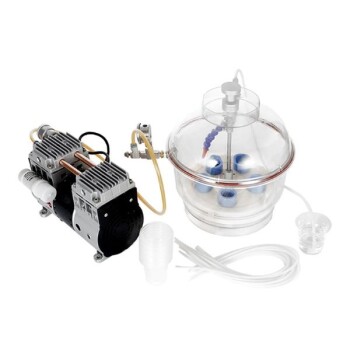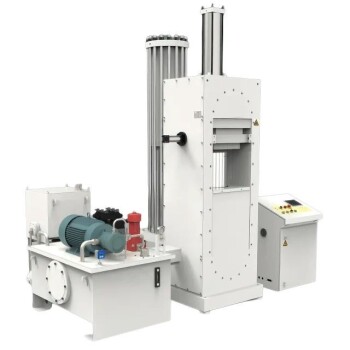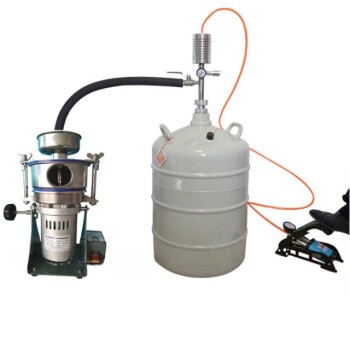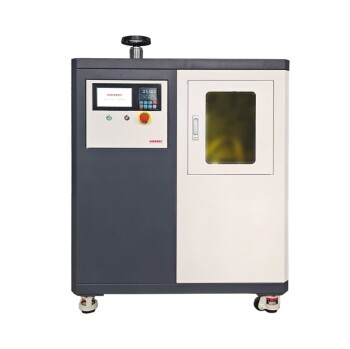Choosing the Right Freeze Dryer: It's All About Application Fit
Freeze dryers aren’t one-size-fits-all. While technical specifications like cold trap temperature and cooling rate dominate product sheets, their real-world impact varies dramatically across industries. Whether you’re preserving delicate proteins or extending food shelf life, understanding how these specs translate to your workflow is key to avoiding costly mismatches.
Why Technical Specs Aren’t Enough: The Application Imperative
A pharmaceutical lab freeze-drying vaccines prioritizes volatile compound retention, while a food manufacturer focuses on throughput. Yet both might consider the same cold trap temperature spec (-60°C) “adequate.” The disconnect? Application-driven performance thresholds.
Key Insight:
- Pharma/Biotech: Demands ultra-low temperatures (-80°C or below) to preserve sensitive molecular structures.
- Food Industry: Often tolerates higher temperatures (-40°C to -50°C) if drying speed outweighs minor quality trade-offs.
Decoding Cold Trap Temperature: Impact on Drying Speed and Product Integrity
The cold trap’s job is simple: condense water vapor during sublimation. But its temperature directly controls:
-
Primary Drying Time:
- A -60°C trap captures vapor ~30% faster than -40°C, reducing cycle times.
- Too cold (e.g., -85°C) may unnecessarily extend cycles without quality gains for robust materials.
-
Volatile Compound Retention:
- Research shows biologics lose <5% potency at -70°C versus ~15% at -50°C due to slower ice crystal formation.
Application Tip:
For heat-sensitive diagnostics, prioritize traps ≤-70°C. Bulk food drying? -50°C often suffices.
Cooling Rate: Balancing Efficiency, Crystal Structure, and Product Quality
Cooling rate—how quickly the system chills samples—shapes ice crystal size, which affects:
- Rehydration Speed: Smaller crystals (from rapid cooling) dissolve faster—critical for injectables.
- Texture Preservation: Slower cooling (~1°C/min) benefits food products by preventing cellular collapse.
Reference Data:
- Pharma-grade freeze dryers typically cool at 2–3°C/min to ensure uniform crystal structure.
- Food systems may use 0.5–1°C/min to maintain mouthfeel.
Ultimate Vacuum: Why Deep Vacuum Matters for Sensitive Materials
Vacuum levels determine how thoroughly moisture is removed. While 0.1 mbar works for many foods, sensitive materials need ≤0.01 mbar to:
- Prevent Oxidation: Critical for lipid-based drugs or antioxidants.
- Ensure Thin-Film Integrity: High vacuum reduces airborne contaminants that disrupt film adhesion (e.g., graphene coatings).
Case Example:
Lab studies show proteins dried at 0.05 mbar retain 90%+ activity vs. 70% at 0.5 mbar.
Plate Uniformity & Flatness: Ensuring Consistent Drying and Optimal Contact
Uneven plates create hotspots or cold spots, leading to:
- Pharmaceutical Vials: ≤±1°C variation ensures uniform dosage.
- Bulk Food Trays: ±3°C may suffice, but flatness ≤0.1mm/m² prevents pooling.
Method Matters:
- Manifold Dryers: Ideal for diverse small batches (e.g., research).
- Batch Systems: Best for uniform vials (vaccines).
- Bulk Trays: For stable, large-quantity products (coffee, fruits).
Prioritizing Factors: A Guide by Application
| Application | Top 3 Priorities | Typical Spec Ranges |
|---|---|---|
| Pharmaceuticals | 1. Cold Trap Temp (-70°C or lower) | Vacuum: ≤0.01 mbar |
| 2. Vacuum Level | Cooling Rate: 2–3°C/min | |
| 3. Plate Uniformity (±1°C) | ||
| Food | 1. Cooling Rate (0.5–1°C/min) | Cold Trap: -40°C to -50°C |
| 2. Batch Capacity | Vacuum: 0.1–0.5 mbar | |
| 3. Plate Flatness (≤0.2mm/m²) | ||
| Biotech Research | 1. Vacuum (≤0.05 mbar) | Cold Trap: -80°C |
| 2. Cooling Rate (1–2°C/min) | Plate Uniformity: ±0.5°C |
Making the Smart Choice: Aligning Specifications with Your Critical Outcomes
Before comparing models, ask:
- What’s your product’s sensitivity threshold? (e.g., proteins vs. herbs)
- Is throughput or precision your bottleneck?
- How will rehydration performance impact end-users?
Pro Tip:
Simulate a cycle with your material. Many suppliers offer pilot-scale testing—exploit this to see specs in action.
Ready to match a freeze dryer to your exact needs? KINTEK’s lab equipment experts help researchers and manufacturers navigate these trade-offs daily. [Contact us] to discuss your application’s non-negotiables and discover tailored solutions.
Products You Might Be Looking For:
View benchtop freeze dryers for labs
Explore high-performance freeze dryers
Find R&D freeze drying solutions
Check out vacuum freeze dryers
Related Products
- Benchtop Laboratory Freeze Dryer for Lab Use
- High Performance Laboratory Freeze Dryer for Research and Development
- High Performance Laboratory Freeze Dryer
- Benchtop Laboratory Vacuum Freeze Dryer
- Vacuum Cold Trap Direct Cold Trap Chiller
